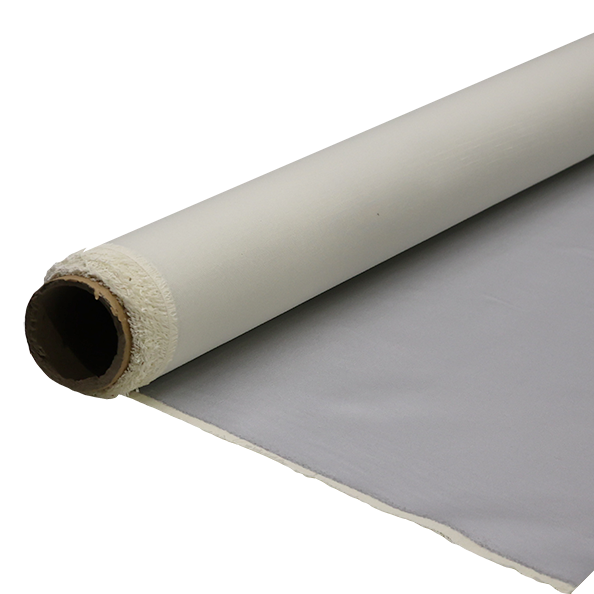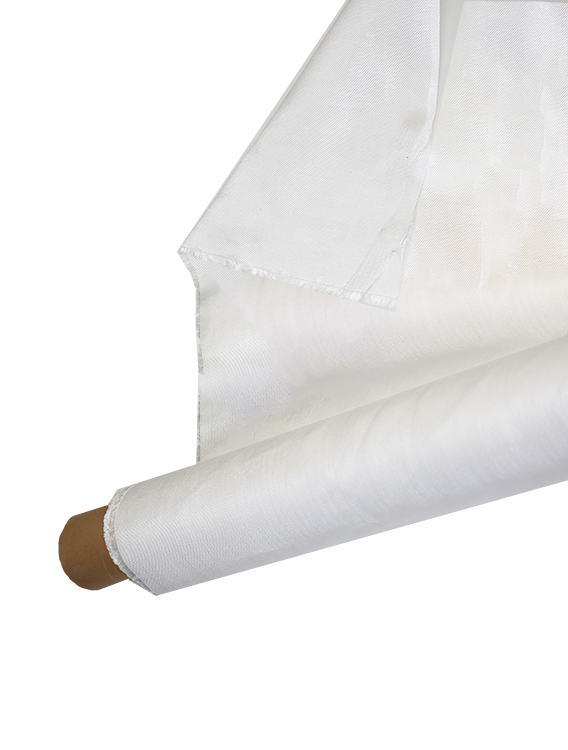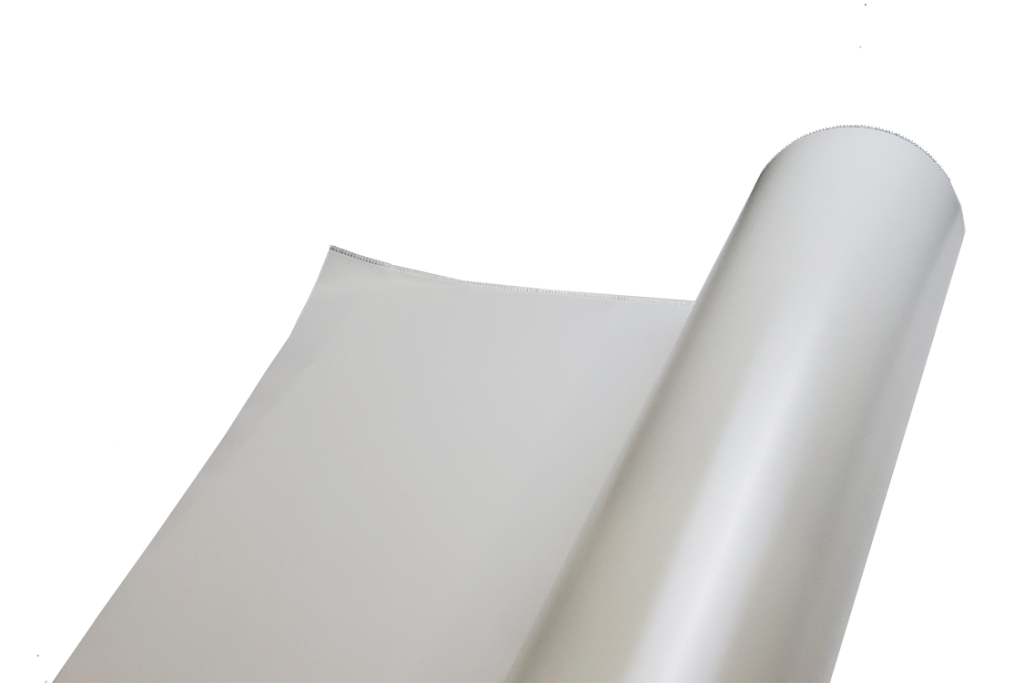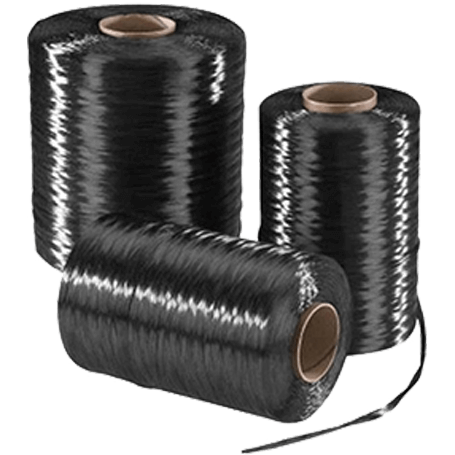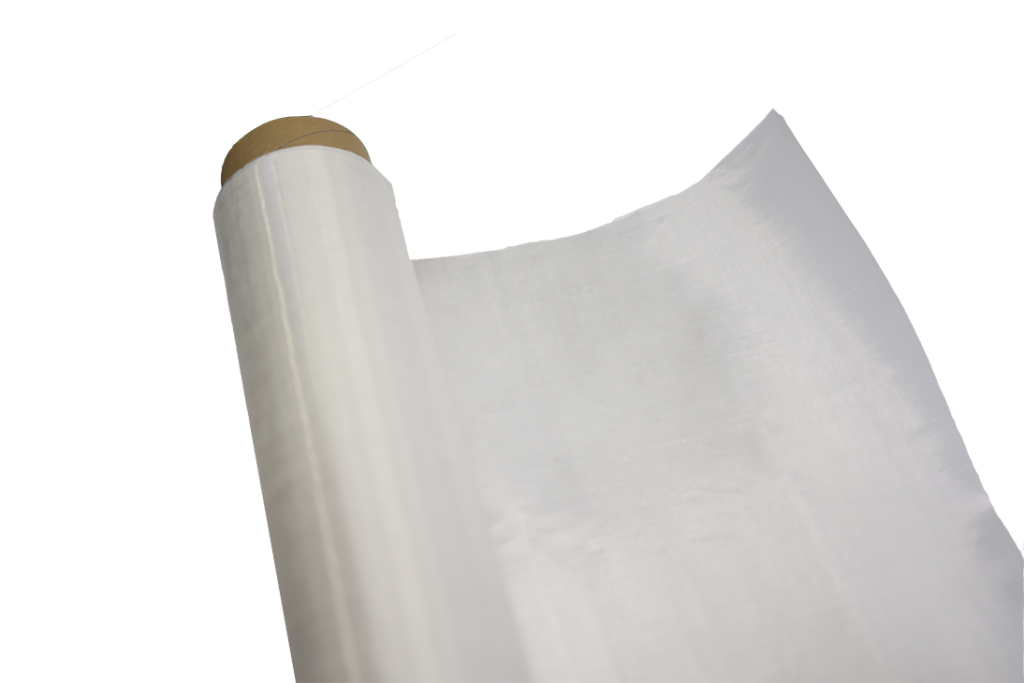Impregnated Prepreg Fibers Reduce Layup Time by 40%
-
Table of Contents
“Accelerate Your Production: Impregnated Prepreg Fibers Cut Layup Time by 40%!”
Impregnated prepreg fibers represent a significant advancement in composite manufacturing, offering a streamlined approach that reduces layup time by up to 40%. These pre-impregnated materials, which combine fibers with a resin matrix, eliminate the need for manual resin application, thereby accelerating the production process. This efficiency not only enhances productivity but also improves the consistency and quality of the final composite structures. As industries increasingly seek to optimize manufacturing workflows and reduce lead times, impregnated prepreg fibers emerge as a transformative solution, enabling faster turnaround and greater design flexibility in applications ranging from aerospace to automotive engineering.
Impregnated Prepreg Fibers: A Game Changer in Composite Manufacturing
The advent of impregnated prepreg fibers marks a significant advancement in the field of composite manufacturing, offering a transformative approach that enhances efficiency and reduces production time. Traditionally, the layup process for composite materials has been labor-intensive and time-consuming, often requiring meticulous handling and precise application of resin to dry fibers. However, with the introduction of impregnated prepreg fibers, manufacturers can streamline this process, achieving a remarkable reduction in layup time by as much as 40%.
This innovation stems from the integration of resin within the fiber matrix prior to the manufacturing process, allowing for a more uniform distribution of materials. As a result, the prepreg fibers are ready for immediate use, eliminating the need for additional resin application during the layup phase. This not only accelerates the overall production timeline but also enhances the consistency and quality of the final composite product. The uniformity of the resin distribution in impregnated prepreg fibers minimizes the risk of defects, such as voids or uneven curing, which can compromise the structural integrity of the composite.
Moreover, the reduction in layup time translates into significant cost savings for manufacturers. With less time spent on each component, production schedules can be optimized, allowing for increased output without the need for additional labor or resources. This efficiency is particularly beneficial in industries where time-to-market is critical, such as aerospace and automotive sectors, where the demand for high-performance materials is ever-increasing. By adopting impregnated prepreg fibers, companies can not only meet production deadlines more effectively but also respond swiftly to market demands, thereby gaining a competitive edge.
In addition to the time and cost benefits, impregnated prepreg fibers also contribute to sustainability efforts within the manufacturing sector. The reduction in waste associated with excess resin application and the potential for improved recycling processes make these materials an environmentally friendly option. As industries increasingly prioritize sustainability, the adoption of such innovative materials aligns with broader goals of reducing carbon footprints and promoting responsible manufacturing practices.
Furthermore, the versatility of impregnated prepreg fibers allows for their application across a wide range of composite structures. Whether in the production of lightweight components for aircraft or durable parts for automotive applications, these fibers can be tailored to meet specific performance requirements. This adaptability not only enhances the functionality of the composites but also opens new avenues for design innovation, enabling engineers and designers to explore complex geometries and advanced applications that were previously challenging to achieve.
As the composite manufacturing landscape continues to evolve, the role of impregnated prepreg fibers is poised to expand further. Ongoing research and development efforts are likely to yield even more advanced formulations and processing techniques, enhancing the performance characteristics of these materials. In conclusion, the introduction of impregnated prepreg fibers represents a pivotal shift in composite manufacturing, offering substantial reductions in layup time, cost efficiency, and sustainability. As industries embrace this game-changing technology, the potential for innovation and growth within the composite sector is boundless, paving the way for a new era of advanced materials and manufacturing processes.
How Impregnated Prepreg Fibers Cut Layup Time by 40%
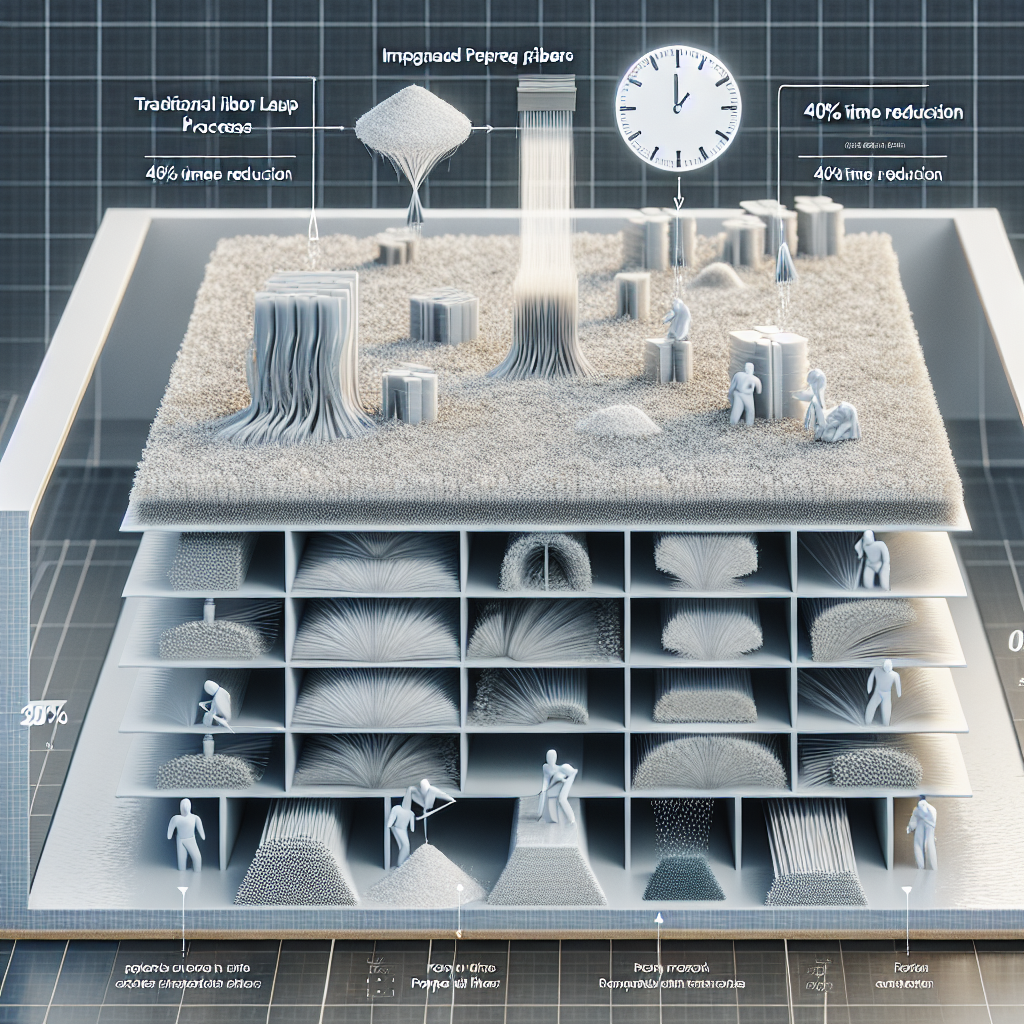
The advancement of composite materials has significantly transformed various industries, particularly aerospace, automotive, and marine sectors, where weight reduction and structural integrity are paramount. Among the innovations in this field, impregnated prepreg fibers have emerged as a game-changer, particularly in reducing layup time by an impressive 40%. This reduction in layup time not only enhances production efficiency but also contributes to cost savings and improved product quality.
To understand how impregnated prepreg fibers achieve this remarkable reduction in layup time, it is essential to first consider the traditional layup process. In conventional methods, individual fibers are manually impregnated with resin before being laid up in molds. This process is labor-intensive and time-consuming, often requiring multiple steps to ensure proper resin distribution and fiber alignment. Consequently, the overall production cycle can be prolonged, leading to increased labor costs and potential delays in project timelines.
In contrast, impregnated prepreg fibers come pre-impregnated with resin, which streamlines the entire layup process. These fibers are manufactured by saturating the reinforcement material with a thermosetting resin, allowing for precise control over the resin content and ensuring uniform distribution throughout the fiber matrix. As a result, when it comes time for layup, the fibers can be directly placed into the mold without the need for additional resin application. This not only accelerates the process but also minimizes the risk of human error, which can occur during manual impregnation.
Moreover, the use of impregnated prepreg fibers facilitates better handling and storage. Since these fibers are pre-impregnated, they can be stored for extended periods without the risk of resin curing, which is a common concern with traditional wet layup methods. This characteristic allows manufacturers to prepare materials in advance, further reducing lead times and enabling just-in-time production strategies. Consequently, companies can respond more swiftly to market demands, enhancing their competitive edge.
In addition to time savings, impregnated prepreg fibers also contribute to improved quality control. The consistent resin content and uniform fiber distribution inherent in these materials lead to enhanced mechanical properties in the final composite product. This uniformity results in composites that exhibit superior strength-to-weight ratios and better overall performance, which is particularly critical in applications where safety and reliability are non-negotiable.
Furthermore, the environmental impact of using impregnated prepreg fibers is worth noting. The reduction in waste associated with excess resin and the efficiency of the layup process contribute to a more sustainable manufacturing approach. As industries increasingly prioritize sustainability, the adoption of such innovative materials aligns with broader environmental goals.
In conclusion, the integration of impregnated prepreg fibers into composite manufacturing processes represents a significant leap forward in efficiency and quality. By cutting layup time by 40%, these advanced materials not only streamline production but also enhance the overall performance of composite structures. As industries continue to evolve and seek ways to optimize their operations, the adoption of impregnated prepreg fibers is likely to become increasingly prevalent, paving the way for a new era of composite manufacturing that prioritizes speed, quality, and sustainability.
The Benefits of Using Impregnated Prepreg Fibers in Aerospace Applications
The aerospace industry is continually seeking innovative materials and processes to enhance efficiency and performance. One such advancement is the use of impregnated prepreg fibers, which have emerged as a game-changer in composite manufacturing. These fibers, pre-impregnated with resin, offer a multitude of benefits that significantly streamline the layup process, ultimately reducing production time by as much as 40%. This reduction in layup time not only accelerates manufacturing schedules but also contributes to cost savings and improved resource management.
One of the primary advantages of impregnated prepreg fibers is their ability to simplify the layup process. Traditional composite manufacturing often involves multiple steps, including the application of resin to dry fibers, which can be time-consuming and labor-intensive. In contrast, impregnated prepreg fibers come ready to use, eliminating the need for additional resin application. This inherent efficiency allows manufacturers to focus on the precise placement of fibers, ensuring optimal alignment and structural integrity. As a result, the overall production cycle is shortened, enabling quicker turnaround times for aerospace components.
Moreover, the consistency of impregnated prepreg fibers plays a crucial role in enhancing product quality. The uniform distribution of resin within the fibers ensures that each layer of the composite is homogenous, which is vital for achieving the desired mechanical properties. This consistency not only improves the performance of the final product but also reduces the likelihood of defects during the manufacturing process. Consequently, manufacturers can achieve higher quality standards, which is particularly important in the aerospace sector, where safety and reliability are paramount.
In addition to improving efficiency and quality, impregnated prepreg fibers also contribute to weight reduction in aerospace applications. The aerospace industry is increasingly focused on minimizing weight to enhance fuel efficiency and overall performance. By utilizing impregnated prepreg fibers, manufacturers can create lighter components without compromising strength or durability. This weight reduction is achieved through the precise control of resin content and fiber orientation, allowing for the development of advanced composite structures that meet stringent aerospace requirements.
Furthermore, the use of impregnated prepreg fibers can lead to enhanced sustainability in aerospace manufacturing. As the industry faces increasing pressure to reduce its environmental footprint, the efficiency of the layup process becomes even more critical. By decreasing the time and resources required for production, manufacturers can lower energy consumption and waste generation. Additionally, the potential for recycling and reusing prepreg materials further supports sustainability efforts, aligning with the industry’s goals for greener practices.
Transitioning to impregnated prepreg fibers also opens the door to advanced manufacturing techniques, such as automated layup systems. These systems can take full advantage of the time savings offered by prepreg materials, allowing for greater precision and repeatability in the production process. As automation becomes more prevalent in aerospace manufacturing, the integration of impregnated prepreg fibers will likely play a pivotal role in driving innovation and efficiency.
In conclusion, the benefits of using impregnated prepreg fibers in aerospace applications are manifold. From reducing layup time by 40% to enhancing product quality and supporting sustainability initiatives, these advanced materials are transforming the landscape of composite manufacturing. As the aerospace industry continues to evolve, the adoption of impregnated prepreg fibers will undoubtedly contribute to more efficient, reliable, and environmentally friendly production processes, ultimately shaping the future of aerospace engineering.
Q&A
1. **Question:** What are impregnated prepreg fibers?
**Answer:** Impregnated prepreg fibers are composite materials that consist of reinforcing fibers pre-impregnated with a resin system, allowing for easier handling and reduced processing time during manufacturing.
2. **Question:** How do impregnated prepreg fibers reduce layup time by 40%?
**Answer:** They reduce layup time by eliminating the need for additional resin application during the layup process, allowing for quicker assembly and curing of composite structures.
3. **Question:** What are the benefits of reduced layup time in composite manufacturing?
**Answer:** Reduced layup time leads to increased production efficiency, lower labor costs, and faster turnaround times for composite parts, ultimately enhancing overall productivity in manufacturing processes.Impregnated prepreg fibers significantly reduce layup time by 40%, enhancing manufacturing efficiency and productivity in composite material applications. This reduction in layup time allows for faster production cycles, lower labor costs, and improved overall project timelines, making impregnated prepreg fibers a valuable innovation in the composite industry.

